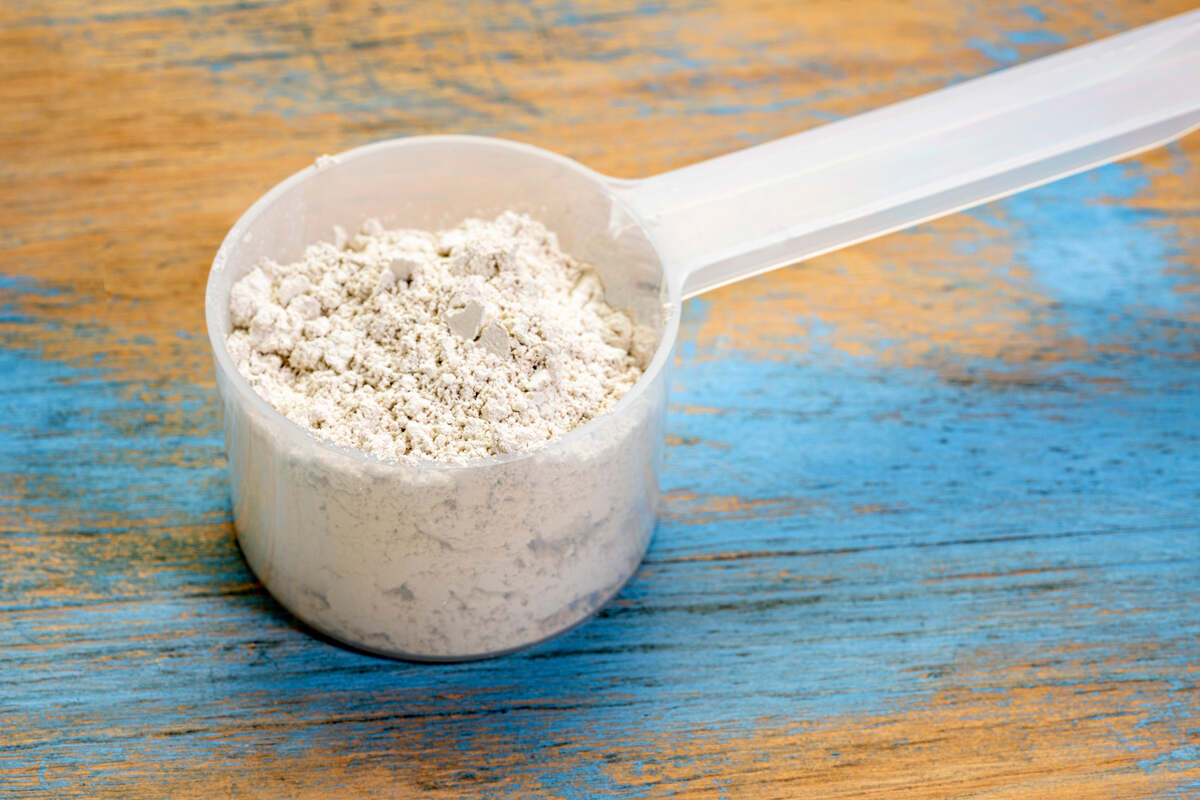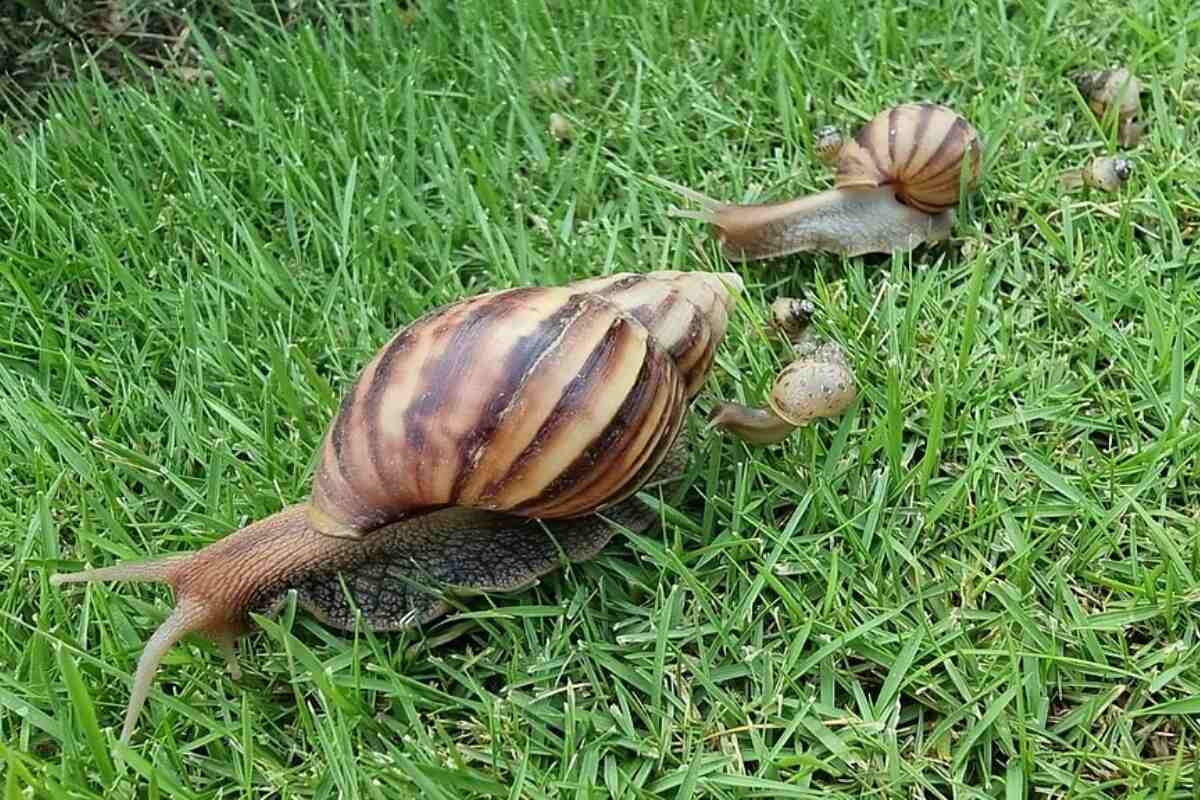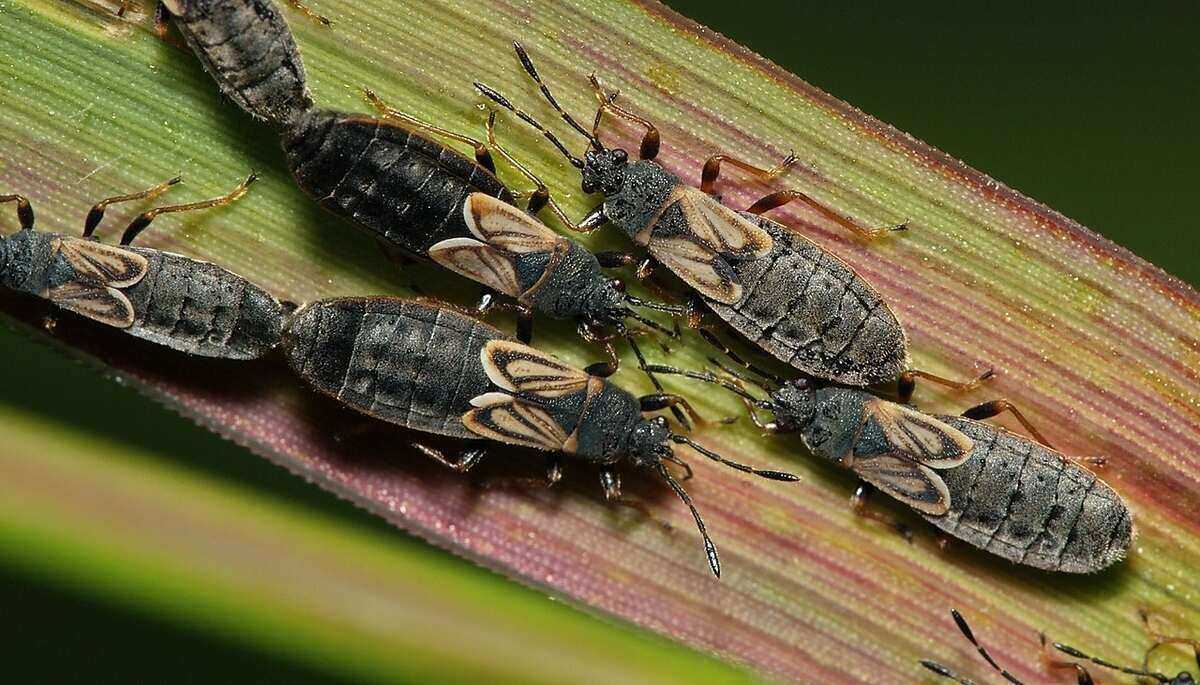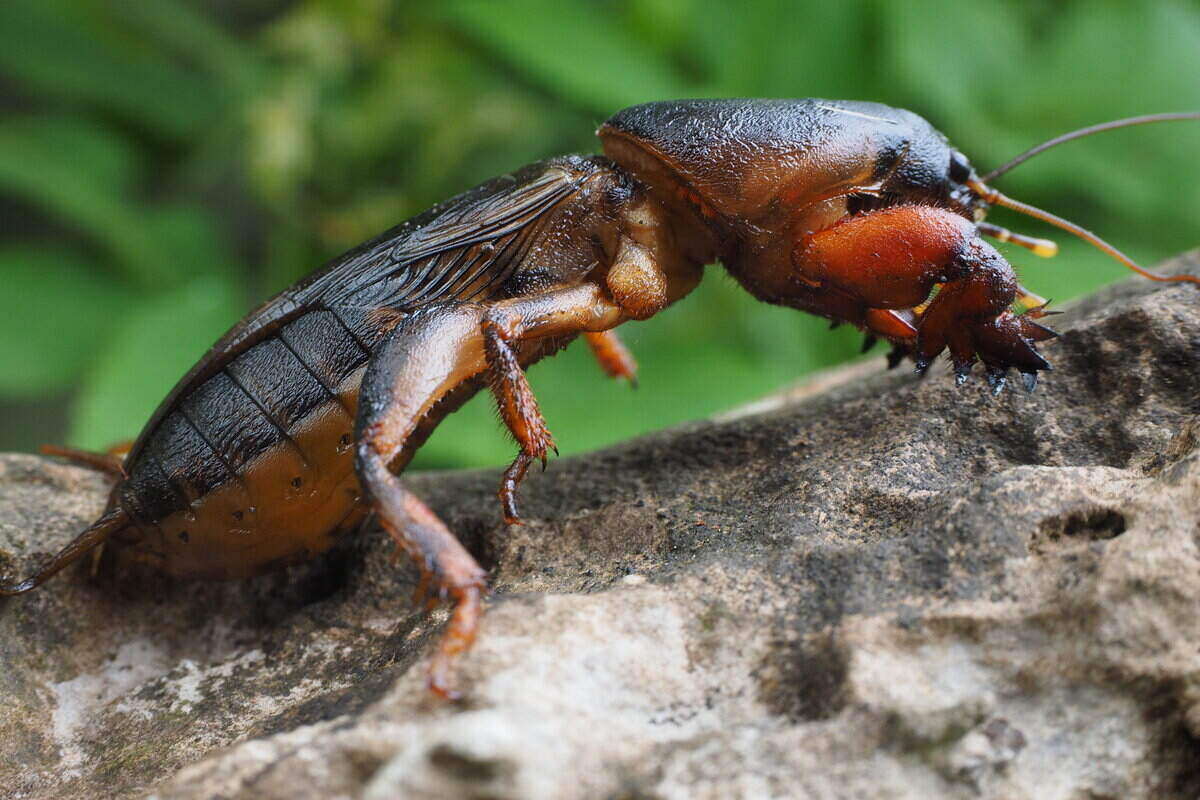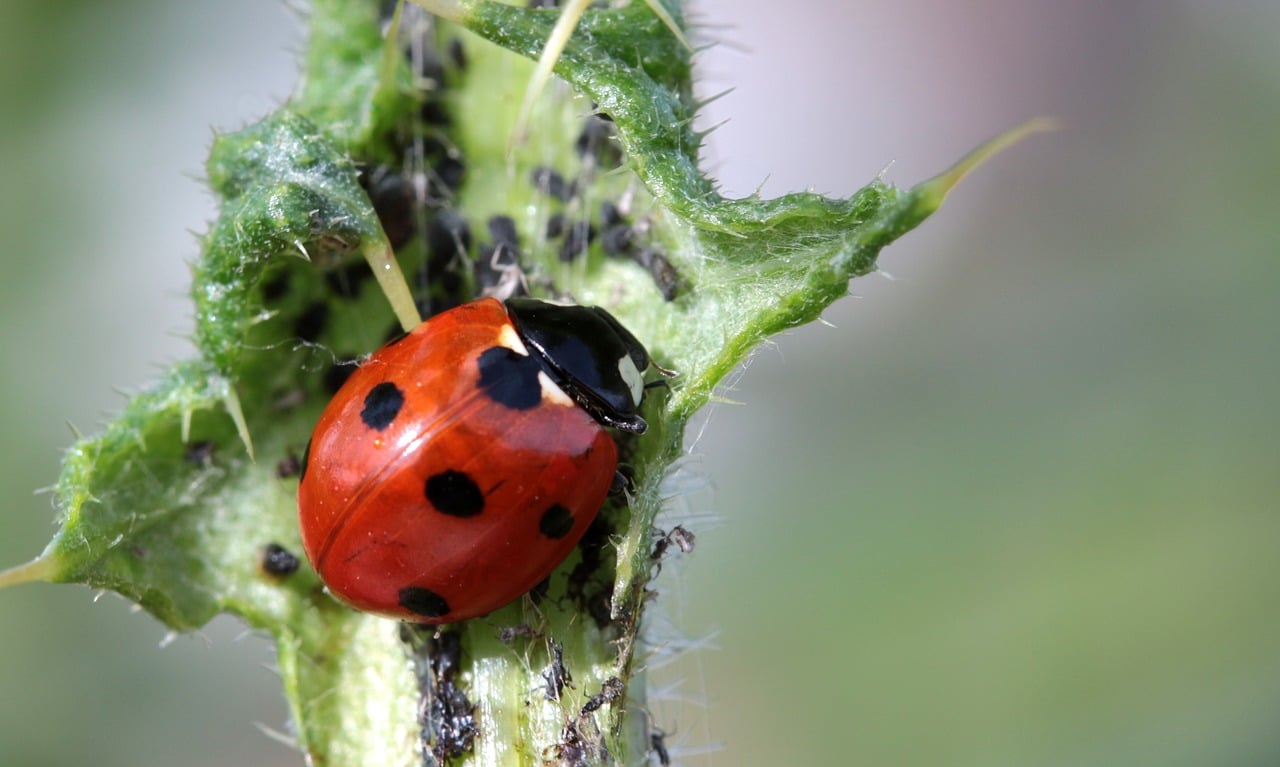
No doubt about it, chemicals kill bugs. But they can also wipe out mankind if we’re not careful. A vast array of eco-friendly options exist to control pests without using toxic chemicals. By practicing eco-friendly pest control in Minneapolis, you’ll be saving the beneficial insects and the Earth.
Types of Pest Control
Bugs with benefits

Plenty of bug-phobic folks would call all the creepy-crawlies in their lawns and gardens “pests.” But this couldn’t be further from the truth. Claire LaCanne, extension educator for the University of Minnesota, cautions against labeling all insects as bad.
“For every one insect pest, there are 1,700 beneficial insects,” she says, adding, “The majority of insects are neutral or beneficial, and without them, food webs and ecosystems would suffer.”
She encourages us to look for insect allies before spraying or treating gardens with chemicals. Ladybugs (pictured above) and the larvae of green lacewings feast on aphids as well as thrips. Make sure you don’t knock out your beneficial insects along with the pests.
Integrated pest management: 5 steps
By studying the life cycles of pests, researchers developed a science-based approach to pest control. The method known as integrated pest management (IPM) uses a five-step approach:
- Identify – Identify the insect pest in question (contact a local extension agent for help.
- Evaluate – Determine whether the pest is causing damage, whether you need to take action and the economic threshold for that action.
- Prevention – Prevent infestation by using resistant plants, planting early, and rotating plants. Use physical barriers against climbing pests, sanitize and seal cracks in buildings.
- Action – Use a selection of curative and preventive treatments to reduce dependence on any one method. This increases the likelihood of success.
- Monitor – Keep an eye on the pest population. If it decreases, no further action is necessary. But if it increases and surpasses the economic threshold, you may need to resort to another method.
Horticultural oils
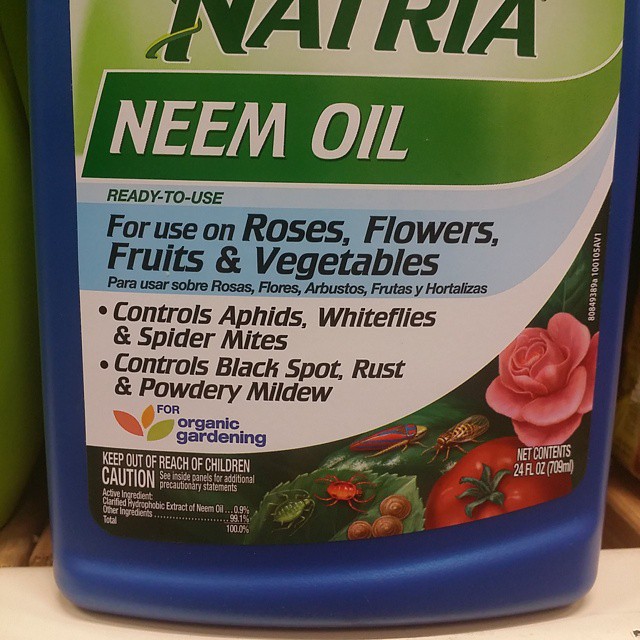
Most horticultural oils are petroleum-based and work by smothering insects or providing a mechanical barrier on a plant’s surface. Neem oil comes from plants and is an effective substitute for petroleum-based horticultural oils. Never spray on a hot day, and always do a test spot and wait 24 hours before treating an entire plant.
Insecticidal soaps
These specially-formulated soaps will control insects with little plant injury. This is an effective treatment for small, soft-bodied arthropods such as aphids, mealybugs, and spider mites. But it can also kill predatory mites, which are a beneficial insect that controls spider mites in the garden. These soaps may be phytotoxic to some plants, so test a small area before treating the entire plant.
Mechanical pest control
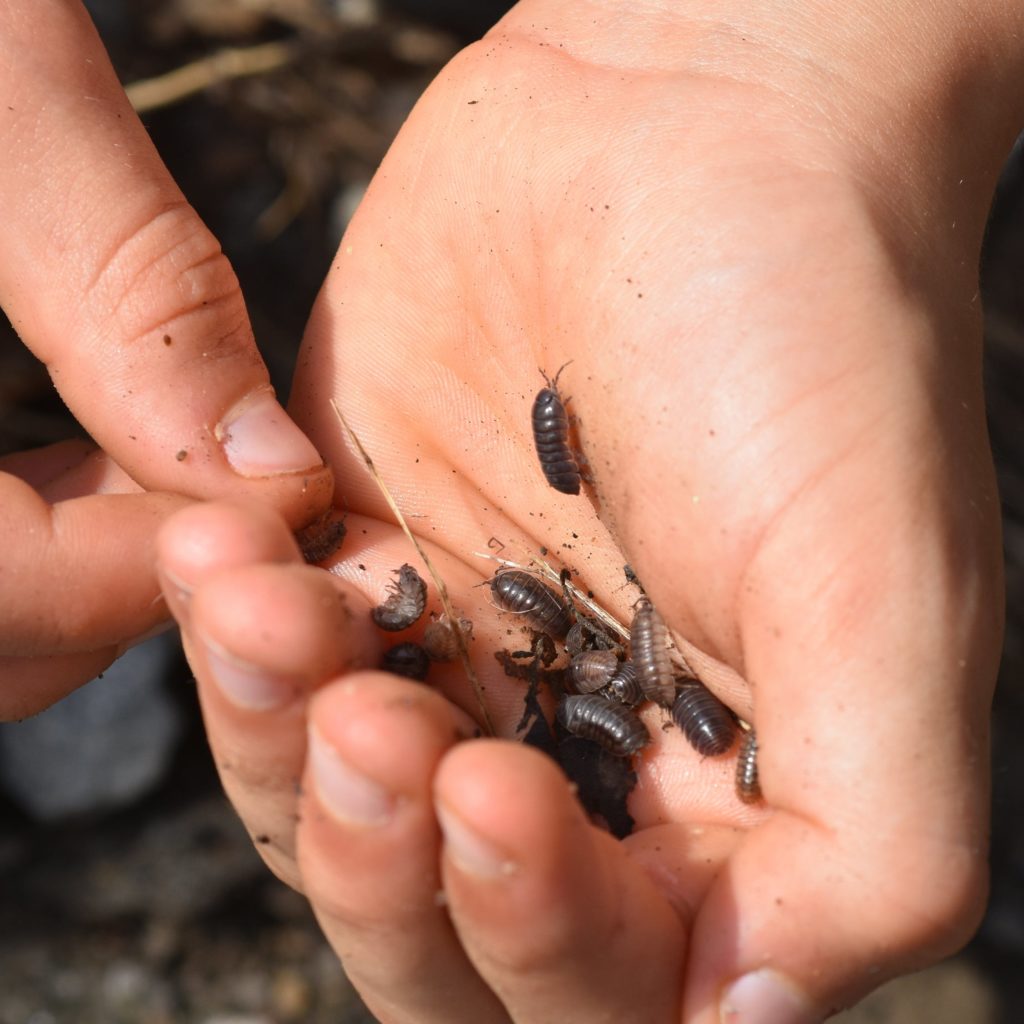
Mechanical pest control is simpler than it sounds. You remove the insects by hand. (preferably using gloves.) You can also place a barrier, such as a row cover, between plants and insects. Larger insects such as hornworms, squash bugs, or bean beetles can be removed by hand and knocked into a container of soapy water. You can also crush insect eggs in this manner.
Traps and attractants
Sticky traps baited with a sex pheromone will attract specific pests, and leave the beneficial bugs alone.
Treating Specific Pests
Treating for aphids and mites
Source Despite our eco-friendly directive to reduce water use in the garden and landscape, blasting aphids or mites on plants with a strong stream of water from the hose is often enough to knock them off and keep them in check. You should only use this technique on plants that are sturdy enough to withstand the pressure. Spray early in the day, so the water has time to dry up completely by nightfall. If this method fails, several applications of an eco-friendly product like neem oil or insecticidal soap should work.
Controlling Ants in the Garden
When ants start to run rampant in your yard and garden, it can be tempting to run for a chemical pesticide. But there are effective, eco-friendly options. Diatomaceous earth is a powder made of the pulverized silica shells of fossilized algae. These microscopic shards cut the bodies of insects, causing them to dry out and die. Apply a heavy smattering of this dust to the surface of ant mounds and then wait for it to do its work. You can also buy orange oil in large quantities and apply it at a ratio of one ounce to a gallon of water and pour it over the anthills.
Treating caterpillars and mosquito larvae
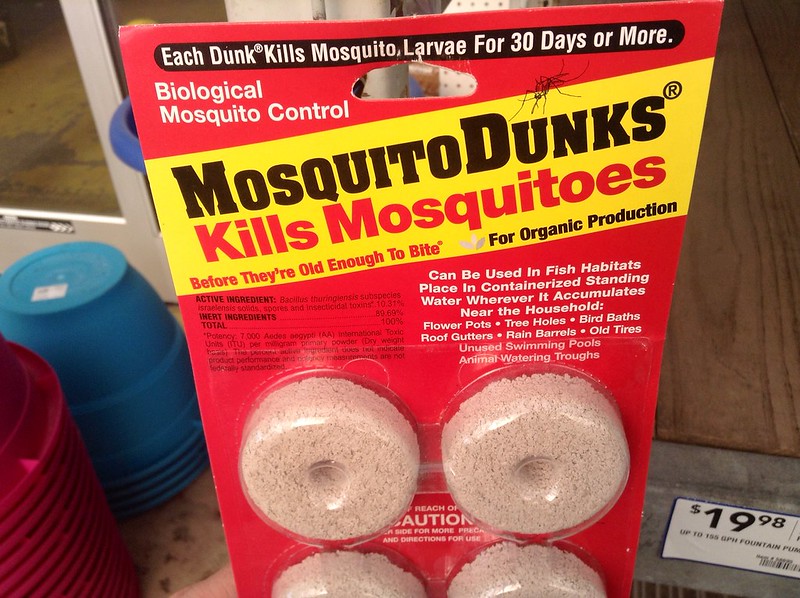
If you’ve got cutworms, hornworms, or other destructive caterpillars wreaking havoc on the garden, you can depend on Bt (Bacillus thuringiensis) to take care of business. This microbial insecticide targets worm larvae and leaves mammals and beneficial insects unharmed. For garden applications, you’ll mix some concentrate with water and spray the affected plants.
In the case of ponds or water reservoirs that are breeding mosquitoes, you can get Bt in a form called “dunks.” Place the dunks in the water to do their work. The key to the success of eco-friendly pest control is familiarity with products and using them correctly.
There are plenty of eco-friendly techniques for pest control, but the best defense is to have a healthy, thriving garden in the first place.
